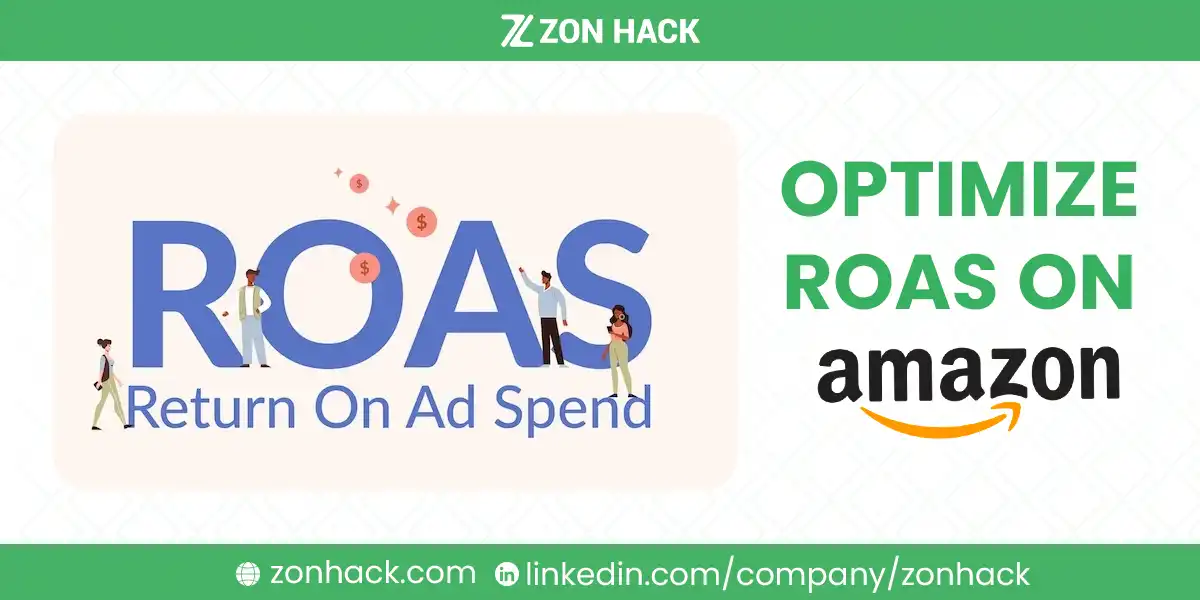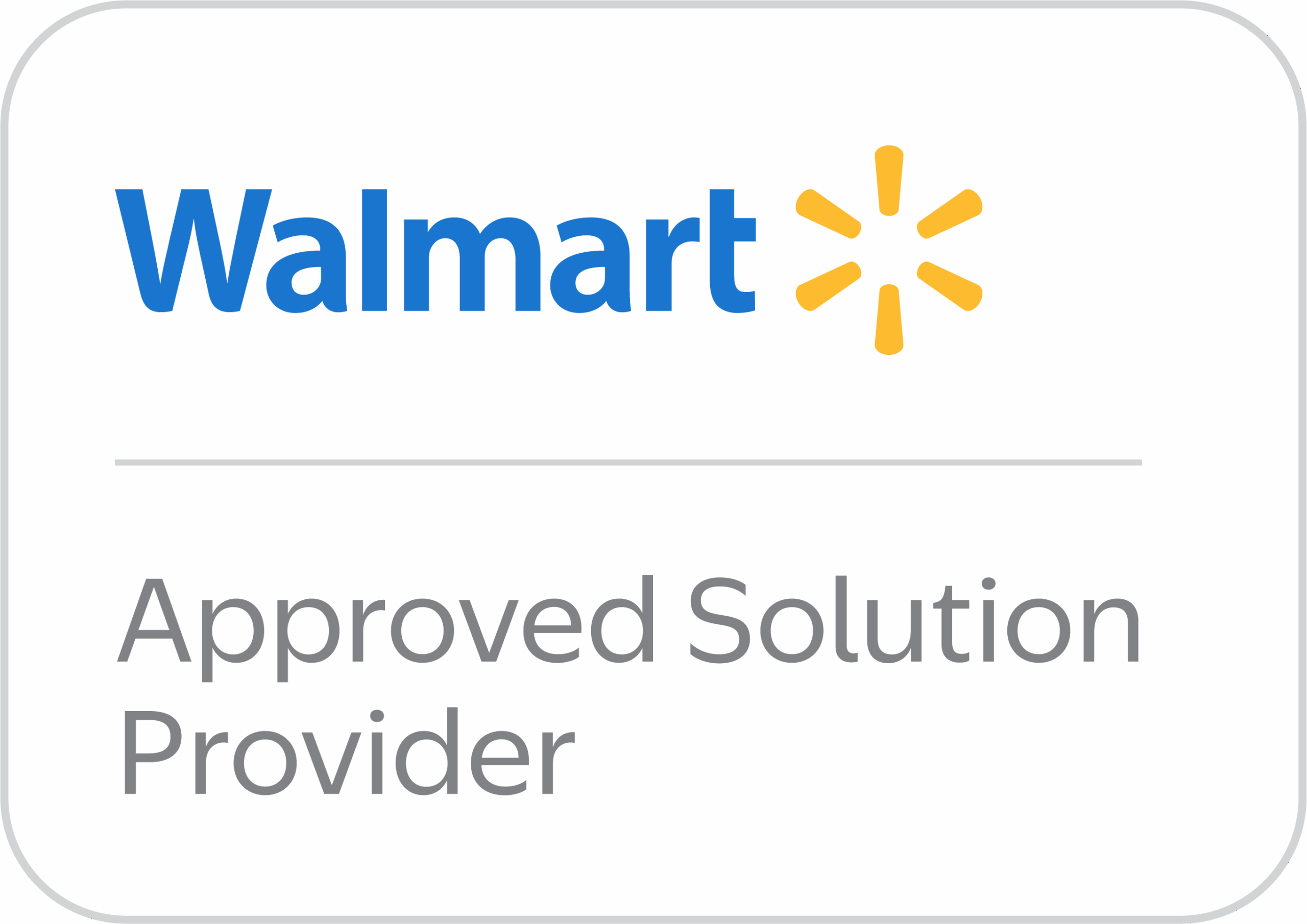Improving RoAS (Return on Advertising Spend) on Amazon can directly impact your business’s profitability by ensuring that every dollar you spend on ads is working hard to bring you back more than it costs. A well-optimized RoAS can make the difference between thriving on Amazon and getting lost in the crowd.
This article will teach you everything you need to know about boosting RoAS on Amazon, from understanding its benchmarks to actionable tips for increasing your advertising effectiveness.
What is RoAS on Amazon?
RoAS stands for Return on Advertising Spend. It’s a metric that shows how much revenue you generate for each dollar spent on ads. For example, if you spend $100 on ads and generate $500 in revenue, your RoAS is 5.0. In Amazon’s competitive environment, a good RoAS means your advertising dollars are bringing strong returns, but reaching that point often requires strategic planning and smart ad management.
Why RoAS Matters for Amazon Sellers and Advertisers
A healthy RoAS can tell you that your advertising investment is generating sales and potentially growing your brand on Amazon. This metric is critical for managing budgets, improving profitability, and scaling successful ad campaigns. By focusing on RoAS, you’re not just looking at ad clicks but at whether those clicks turn into sales, which is the ultimate goal for any seller.
RoAS vs. ROI: What’s the Difference?
While RoAS and ROI (Return on Investment) are similar, they aren’t the same. RoAS focuses on the revenue from ad spend, showing immediate returns specific to ad campaigns. ROI, on the other hand, looks at total profits, factoring in all costs, including product cost, shipping, and Amazon fees. RoAS is a quick way to gauge if your ads are working, while ROI gives a fuller picture of your business profitability.
What is a Good RoAS for Amazon?
RoAS can vary widely depending on the industry, product price, and competition. For most Amazon sellers, a RoAS of 4-5 is considered good, meaning you earn $4-$5 for every dollar spent on ads. Benchmark your RoAS by product category to understand where you stand in your market. A higher RoAS indicates more efficiency in turning ad spend into revenue, so knowing what’s considered “good” in your niche can help you set realistic goals.
How to Calculate RoAS for Amazon Campaigns
To calculate RoAS, divide your ad revenue by ad spend:
RoAS = Revenue from AdsAd Spend
RoAS = Ad Spend / Revenue from Ads
Example: If you spend $200 on an ad campaign that generates $800 in revenue, your RoAS is 4.0. Amazon offers a RoAS report in the campaign manager, and third-party tools can also help you analyze RoAS across different campaigns.
Key Strategies to Optimize Amazon RoAS
Optimizing your RoAS involves balancing ad spend with ad revenue while reducing unnecessary costs and improving targeting. Here’s a breakdown of major strategies:
1. Optimizing Product Listings
Optimizing product listings is the foundation of a successful ad strategy. A well-crafted listing with clear titles, detailed descriptions, relevant keywords, and high-quality images attracts clicks and drives sales. Product reviews, ratings, and clear bullet points about benefits are also critical in making your listings effective and relevant to search terms.
2. Creating Effective Ad Campaigns
Amazon offers multiple ad formats—Sponsored Products, Sponsored Brands, and Sponsored Display. Each type has its strengths, so aligning ad type with your campaign goals is essential:
- Sponsored Products work well for direct sales and high RoAS due to their focus on individual product visibility.
- Sponsored Brands help build brand awareness and are often effective for sellers with a wide product line.
- Sponsored Display Ads are suitable for remarketing, allowing you to reach potential customers who viewed your products but didn’t buy.
3. Using Advanced Tools and Analytics
Amazon provides a set of analytics tools that help you optimize ad performance. Tools like Amazon Attribution, Amazon Brand Analytics, and third-party platforms give insights into click-through rates, conversions, and keywords. These tools let you analyze trends and make data-driven decisions, which are crucial for improving RoAS.
Targeted Advertising Tactics to Improve RoAS
Optimizing ad targeting can significantly enhance your RoAS. Here are some focused approaches:
1. Contextual Targeting
Targeting keywords and product categories ensures that your ads appear in the most relevant searches. Contextual targeting lets you reach audiences that are already interested in your product, increasing the chance of conversion.
2. Low-Bid Catch-All (LBCA) Campaigns
LBCA campaigns use low bids to capture additional traffic without high costs. These campaigns can bring incremental sales by appearing in less competitive searches.
3. Exact Match Bids
Exact match bids focus on specific search terms that are highly relevant to your product. By narrowing down to exact matches, you capture high-intent buyers, which can improve RoAS by lowering ad spend on irrelevant clicks.
4. Remarketing with Sponsored Display Ads
Sponsored Display Ads can target customers who previously viewed your product but didn’t purchase. This tactic re-engages them, offering a second chance to convert them into buyers and potentially increasing RoAS.
5. Sponsored Ads Search Term Reports
Regularly pulling Sponsored Ads Search Term Reports helps you identify which keywords drive sales. This insight lets you focus on profitable terms and exclude underperforming ones, optimizing ad spend for better RoAS.
Other Pro Strategies to Boost Your Amazon RoAS
Increasing Average Order Value (AOV) to Boost RoAS
A higher Average Order Value (AOV) means more revenue per sale, which positively impacts RoAS. Here’s how to increase AOV on Amazon:
- Cross-sell and upsell complementary products to increase the cart value.
- Product bundles and value packs encourage customers to spend more.
- Premium pricing for exclusive features can also increase AOV without additional ad spend.
Leveraging Promotions and Deals
Promotions can attract new customers, drive more conversions, and lead to a better RoAS. Offering discounts, coupons, or limited-time deals can make your product listings more appealing. Align promotions with peak shopping seasons, such as Black Friday or back-to-school, to maximize exposure and results.
Amazon Advertising Products with the Highest RoAS Potential
Amazon ads perform differently depending on product category and price. Sponsored Products generally offer high RoAS because they’re cost-effective and focus on direct sales. Products with higher price points often yield a better RoAS as the revenue per sale offsets ad spend. Consider RoAS benchmarks by product type and adjust ad types accordingly to focus on what works best in your niche.
Frequently Asked Questions (FAQs)
What’s considered a good RoAS on Amazon?
A good RoAS varies by industry, but generally, a RoAS of 4-5 is strong, meaning you earn $4-$5 for every $1 spent on ads.
How can I improve my RoAS on Amazon quickly?
Focusing on exact match keywords, increasing AOV, and running promotions can quickly improve RoAS. Using Amazon’s advanced tools and analyzing search term reports also helps optimize spending effectively.
Is a high RoAS always good?
Not necessarily. While high RoAS is positive, too high may mean you’re underinvesting in ads and missing growth opportunities. It’s about finding the right balance for profitability and scale.
How often should I pull search term reports?
Weekly or biweekly search term reports provide current insights, helping you refine targeting and improve RoAS regularly.
Final Words
This guide gives you a solid framework for boosting your RoAS on Amazon. Keep testing, refining, and scaling successful strategies to stay ahead in the competitive Amazon marketplace.




